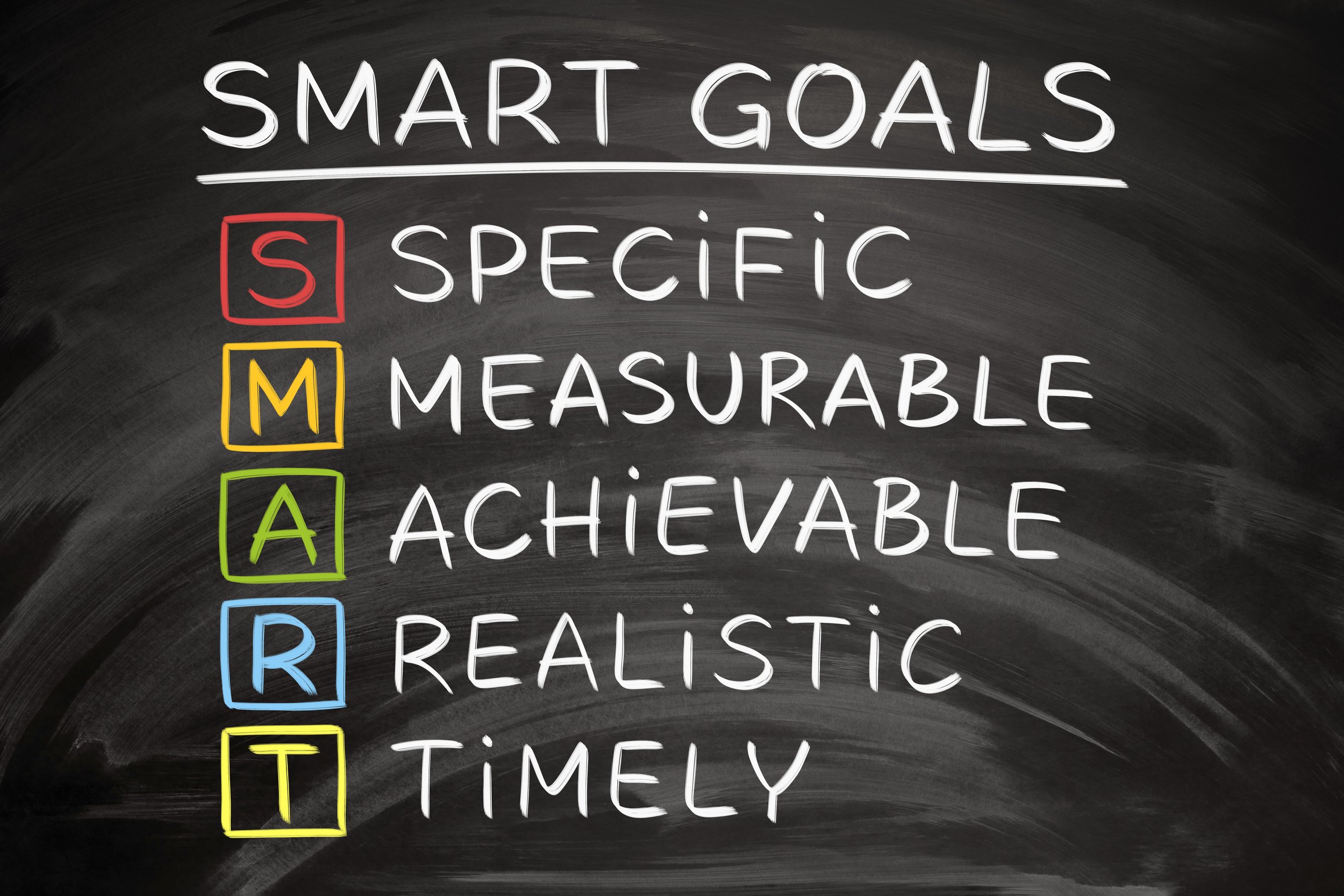Everything You Need To Know About Crypto Currency, NFT’s, Web3.0 and The Future of Blockchain Technology (an Investors Perspective)
What the heck is blockchain?
Table of contents (Jump Links…)
We have a Dictionary!
Do terms like “Intrinsic Value” or “Synthetic Asset” confuse you? we got you covered! check out our helpful FIRE Dictionary for all the current lingo!
Intro
Blockchain, Crypto Currency, NFT’s, and Web 3.0 are all the buzz right now, your friends are telling you to invest in it and that it’s the wave of the future! But what are they? What are they worth? Is it a scam? If these are questions you have then you’re in the right place, I’m going to break these topics down so you understand what they are and can then make an informed decision about getting involved or not.
My Background
My Background
Before we dive into the meat and potatoes of this article, I want to provide some context of my background and why I’m qualified to form an opinion on these topics.
I was mining Bit Coin before you even heard of it. Back in 2012/2013 I bought 4 miners and set up a mining pool and started mining bit coins. During that time, I accumulated 11 bitcoins which at today’s market prices would be worth around half a million dollars.
I have background in IT. I used to run the IT department for a company. I understand networks and network security very well, I have programing experience. I understand the basics of the technology being discussed and what the benefits and shortfalls in a practical application are.
I’m not trying to sell you anything! Unlike a lot of “sources” online that are written and distributed by individuals working on these projects, I have no personal interest to sell you something to make a quick buck. I’m an “Outsider” looking into the Crypto world objectively to make an investment decision based on the utility and intrinsic value a product may have to produce predictable returns over time.
What is Blockchain?
Blockchain technology is what all of these products and technologies have in common. Crypto currencies, NFT’s, and Web 3.0 are based on it so it’s worth talking about what it is and what it is not.
Blockchain is a shared immutable ledger that facilitates the process of recording transactions and tracking assets in a network. It works by aggregating blocks of transactions, verifying them and then adding them to a ledger or chain of data. The reason this is important is it provides a clear record of past transactions and who was involved with them. Once a block is added to the chain of data it cannot be changed.
It’s worth noting here that the block chain concept itself isn’t new, the oldest blockchain still in use today predates Bit Coin by 13 years and is published in the New York Times Classified section. That’s right, a company was using a newspaper to operate it’s blockchain network.
Bit Coin has been called digital gold. But what is it?
Crypto Currencies
Simply put a crypto currency is a synthetic asset where ownership is tracked on a blockchain. The name comes from how these synthetic assets are created and verified using encryption mathematics and computers with powerful hash calculations.
There are an infinite number of methods a synthetic asset can be created but the core attributes are as follows:
It is created by a clear set of rules or algorithm
Should be a unique solution for a given set of parameters in the algorithm
Easily identifiable as correct when checked
Let’s use an example to highlight this concept. Let’s say I wanted to create a synthetic asset called “Prime Token”. Each Prime Token represents one of the prime numbers, which means it is only divisible by itself and the number 1. Prime numbers can’t be faked but new ones can be discovered by looking for new ones with computers running checks on new numbers to see if they are primes. In this example, the numbers 1, 2, 3, 5, 7, 11, 13 etc. would each be considered a unique crypto currency token that could be traded on the “Prime Token” blockchain network.
For simplicity, I’m going to ignore the different techniques behind proof of work, proof of stake, and other game theory techniques used to incentivize the community to offer computer power to support a blockchain ledger for a given crypto currency. The important take away here is that a crypto currency is a synthetic asset that meets a set of requirements and is then tracked on a public ledger also known as a blockchain.
NFT’s are all the rage right now!!
NFT's - Non Fungible Tokens
NFT’s or Non-Fungible Tokens are very similar to crypto currencies. They are another form of synthetic asset where ownership is tracked on a blockchain ledger. The main difference is instead of a number that meets a set of mathematical rules (such as a prime number), any piece of digital media can be made into an NFT then sold and tracked on a blockchain network. This could be in the form of a digital picture, music, video or other digital information such as a video game character.
NFT’s have been marketed as collectable items, like baseball or Pokémon cards back in the day. The creator may issue only one of a given NFT or they may choose to create a series similar to how trading cards might have a limited edition of say 50 prints. The initial value of an NFT is whatever the creator and initial buyer determine it to be. Subsequent value is whatever the current owner is able to sell the NFT for. It is a subjective valuation process just like most collectables.
Web 3.0 is branded as a decentralized web
Web 3.0
Web 3.0 is the next hot thing in blockchain and is described as a decentralized, uncensored, community governed web platform. Proponents claim that it’s the next evolution of the internet. With text-based web pages being web 1.0 and web pages with interactive content being Web 2.0.
I feel that this is an oversimplification of the progression of the internet. If you were to break it down into “phases” like this, I think apps used on smart phones and the internet of things (aka devices that receive instructions from or provide data via an internet connection) would have been the true Web 3.0.
I think the hype around Web 3.0 plays on people’s frustration with big tech and their roles in censoring content and/or curating and prioritizing certain types of content in a perceived effort to influence public sentiment on certain issues. These companies or organizations may have a preferred narrative they are pushing to support their own agenda.
All this being said, I don’t think what is being called Web 3.0 is a genuine attempt to create a more open network to share content that may be shunned by mainstream internet sources. We’ve had a decentralized community supported censorship-free networks for decades. Applications such as Napster, BitTorrent, Pirate Bay, Lime Wire, and more are free to use highly decentralized, and ungoverned by legal entities. Furthermore, community members were encouraged to support the networks by giving individuals who allowed their computers to be used as nodes (seeds, or torrents) faster download speeds. There is also the dark web where, if you know where to look, there is very little outside parties can do to control published content.
While Web 3.0 is still a relatively new concept, it feels like existing products have been repackaged with a blockchain theme and paywalls installed using tokenization to enrich the creators. Blockchain is a public ledger system and is not needed to host a decentralized network with the stated goals of Web 3.0 advocates.
How to Value These Products
While the underlying technologies associated with blockchain are interesting and have real potential use-case scenarios, it is difficult to assess either the current intrinsic value of the product offerings or the future potential value. Below are a few thoughts I have.
Valuing Crypto Currencies
In general, crypto currencies have been advertised as a currency or a store of wealth. This is frequently done by creating a sense of scarcity of a given token by either limiting the number of possible solutions to a given algorithm or encouraging the hording of mined tokens through a reward system (commonly called staking). As I highlighted in my example above using prime numbers as the governing criteria, the creators create the criteria for what is considered a viable “token” and it is very arbitrary. In my example, I could just have easily said valid tokens are all prime number +1 or all prime numbers +3, etc. That’s why as of this writing there are over 7,500 crypto currencies to date, each one claiming to be special in their own way.
Because of their arbitrary nature, there is potentially an unlimited supply of synthetic tokens of new tokens that could enter the market (unlike traditional hard assets like gold or silver). I think the real value of a given crypto currency should be measured by their network strength against other options in the marketplace. Using this metric, we would see that most crypto currencies are extremely overvalued. For example, Bitcoin which has a total market capitalization of $785 Billion and is able to support 2,760 transactions per 10-minute block (4.6 per second). When compared to other payment networks such as Visa, Master Card, Venmo, PayPal, Zello, which can handle many more transactions per minute (Visa for example 1,700 per second) and even offer customer support. Visa for example has a market cap is $471 Billion and does 370 times the transactions of BitCoin, offers fraud protection, customer support, and pay investors a dividend on their money. You can see why a lot of people find the current valuation of Bit Coin to be problematic.
I’m focusing on Bit Coin here because it’s currently the most sought-after crypto currency and has been around longer than most of them available today. The issues I’ve outlined above are applicable to most crypto currencies. Bit Coin is by no means the first digital crypto currency. In fact there are many now defunct crypto currencies such as Hash Cash, Web Cash, B-Gold etc…, you can find a brief history here. Ultimately, the reason these past attempts have failed is they attached their value to the synthetic token instead of the capabilities of the payment system itself such as Visa.
Valuing NFT’s
NFT’s are interesting because it most closely resembles what the future successful implementation of blockchain might be which is to provide a clear ledger of who owns what digital or physical assets. Most NFTs currently being traded are glorified digital art with extremely high markups because they have been branded as NFTs. They are new and everyone wants a piece of the action, but I don’t think most people truly understand what they are paying for. The best analogy I have is a property title for real-estate. The title itself is similar to the NFT in that it tells you who the owner of the property is. Outside of that, the title has little actual value, the property is where the value is. When you by an item through the NFT system, you should value it based on the underlying item and not the token system being used to track the ownership of the asset. What is the value-add proposition being offered by the NFT network? Have they wrapped the core technology with a business proposition that adds value? As an investor, that is what you are looking for. What’s the value add proposition and is it durable to offer the promise of future returns.
Valuing Web 3.0
Web 3.0 has very little real value in my opinion. Just like the internet as a whole, the real value is the content hosted on the platform. Since content can be hosted on any platform, I don’t think Web 3.0 adds much value to the internet infrastructure that can’t already be found elsewhere.
History of Scams
Unfortunately, blockchain has fallen victim to a myriad of scams as dishonest people see the money first movers such as Bit Coin has generated and the excitement of the general public has to find the “next Bit Coin” and get rich quick. There are many examples of pump and dumps, rug pulls, and straight up fraud such asOne Coin ($4 Billion Stolen), Squid Coin ($3.38 million stolen), and more where a clever twist was put onto an existing technology, or the promise of an up and coming project lured unsophisticated investors with the sole purpose of enriching it’s promoters.
Another risk to be aware of is online traditional payment methods. These products are traded on decentralized networks where there is no customer support to call, no refunds, and no fraud protection if your account is hacked, or someone tricks you into a transaction. There is nothing you can do to recover the money. It’s gone. Forever. Where if your credit card or bank is fraudulently charged, that transaction can be backed out and you can recover your lost funds. Decentralized networks tend to enable the party who has something to hide.
Potential Use Cases in The Future
This is where blockchain gets interesting, and why I’m writing this article. As I discussed above, it seems that blockchain technology has become a popular thing to slap onto anything and everything in an effort to make it sound more modern or futuristic and to attract people and their money to it. I do see some legitimate use cases for the technology in the future that can make our world more accessible and transparent. Specifically, if we get back to the core of what a blockchain is, it is essentially an accounting system to track assets. It could be implemented to track the following assets:
Intellectual property
Copyrights
Land/ property
Vehicle/ boat titles
Tracking Stock ownership
Business ownership
And more
Why would you want to track these types of assets on a block chain?
Transparency
Fair use
Secure/ tamper resistant records
Imagine you’re an advertising firm and you want to use a song with copywrite protection, instead of having to negotiate with the artist or studio who might not even be in the country, with blockchain you could simply use the song and whenever it was played the artist would receive credit and a royalty for the use of their music for which they are properly entitled to.
Another potentially great application is the clear record keeping of business/ land ownership. Instead of working thru a complex network of city, county, and state government departments, a deal could be made and the ownership of said assets can be transferred thru one system in a secure and public way. The blockchain could provide a single record of ownership that is always available and accurate.
Based on these examples, the tokens or NFT’s people are speculating with on various blockchain shouldn’t be how this technology is valued. The value proposition of the technology is created when it reduces the transaction cost of real world transactionssuch as property ownership.
Where I Stand As An Investor?
Now for the big question should you invest in Crypto Currencies, NFT’s, or Web 3.0? I can’t answer that question for your individual situation. For me personally, the current market around these products feels very speculative. Like the .com bubble where any company or project with the phase “.com” after it got bid up to insane prices regardless of the real potential value they might represent because people were scared of missing out on the next big thing.
A good rule often preached by the great investor Warren Buffett is “You should only invest in things that you understand”.
As a final take away let me offer an alternative description of the topics discussed today and I’ll let you decide how much money you’d like to invest.
Block Chain – a secure accounting method
Cyrpto Currency - Video Game Token with a random number written on it
NTF - A .JPEG picture of a monkey
Web 3.0 - An app you could use download uncensored content from anonymous nodes
I hope this article helped you better understand what Block Chain technology is, how it’s used by crypto currencies, NFT’s, Web 3.0 and what practical applications we can expect to see implemented once the hype starts to die off. I’ve tried to provide an objective overview while highlighting some of the risks associated with these new products.
Make sure you Join our Community so you don’t miss out on future updates!


































